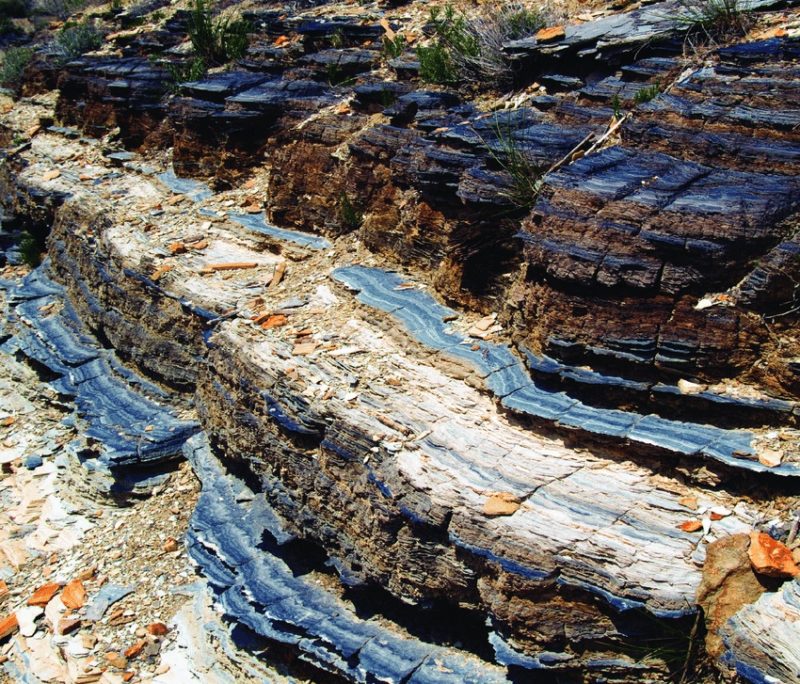Right now, dozens of countries around the world are deciding whether or not to develop their shale gas and tight oil resources (tight oil deposits are trapped in fine-grained sedimentary rock, including shale). It’s easy to understand why: shale gas could boost the world’s recoverable natural gas resources by 47 percent, cut greenhouse gas emissions compared to coal, create new revenue and jobs, and raise national energy supplies.
However, extracting natural gas and tight oil from shale poses environmental risks, especially when it comes to water. Hydraulic fracturing requires up to 25 million liters of fresh water per well, meaning shale resources can be hard to develop where fresh water is hard to find—including in some of the world’s fastest-growing economies and populations. As interest in shale resources grows, the time is ripe to understand these constraints and act to mitigate risks to companies, farms, and people around as-yet undeveloped shale plays. A new WRI report, Global Shale Gas Development: Water Availability and Business Risks, analyzes water availability across all potential commercial shale resources worldwide for the first time, and shows that limited water availability could pose challenges to shale resource development on six continents.
In the 20 countries with the largest shale gas and tight oil resources, WRI analyzed the level of water stress across every play in each country. For shale gas, we found plays in 40 percent of those countries face high water stress or arid conditions: China, Algeria, Mexico, South Africa, Libya, Pakistan, Egypt, and India.
But water availability and shale resources vary from country to country, making hydraulic fracturing’s promise and peril unique in almost every location. For instance, China has the world’s largest commercially viable shale gas resources. But over 60 percent of those resources are in areas with high water stress or arid conditions—a worrying fact given the country’s existing environmental concerns.
Compare China to other countries, and the complexity of this water-energy trade off becomes clear. Argentina is shale rich, with the world’s second-largest technically recoverable shale gas resources. And we found only low to medium stress for 72 percent of its shale resources. In countries like the United Kingdom, it’s more complicated. The U.K. is Europe’s third-largest natural gas producer, but it’s densely populated, and 34 percent of its shale resources face high water stress.
In general, shale-energy production is vulnerable wherever surface or groundwater is limited. As water demands increase, other water users like farms and homes around these plays face higher competition for water. This could potentially spur water conflicts for the 386 million people who live on land above shale plays, particularly in regions where changes in precipitation and temperature could alter water supplies.
Practical Recommendations:
Fortunately, this is the perfect time to take action. Governments, in collaboration with investors, energy companies, and civil society groups, can take four steps to evaluate freshwater availability before shale energy is developed and manage water sustainably over the long term.
- Conduct water-risk assessments with tools like the Aqueduct Water Risk Atlas to understand local-level water availability and reduce business risk.
- Engage with local regulators, communities, and industry to learn as much as possible about existing water demands, and hydrological and regulatory conditions in any river basin, while increasing transparency around shale development.
- Ensure adequate water regulations and participatory legislative processes to guarantee water security and reduce regulatory and reputational risks.
- Minimize freshwater use and practice corporate water stewardship to reduce impacts on water availability.
(Reprinted by materials provided by Paul Reig and Andrew Maddocks – World Resources Institute)



.jpg)
































